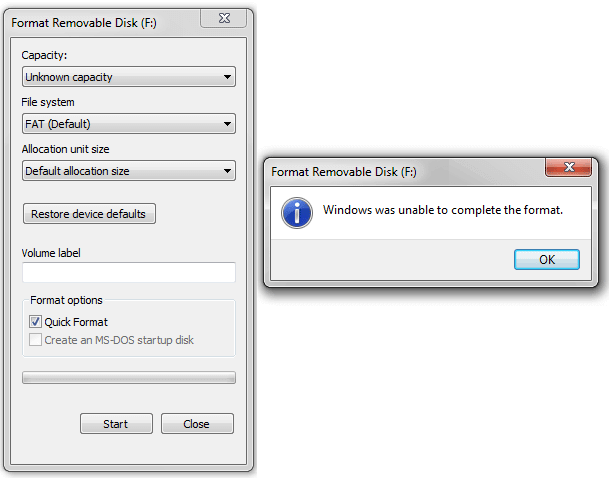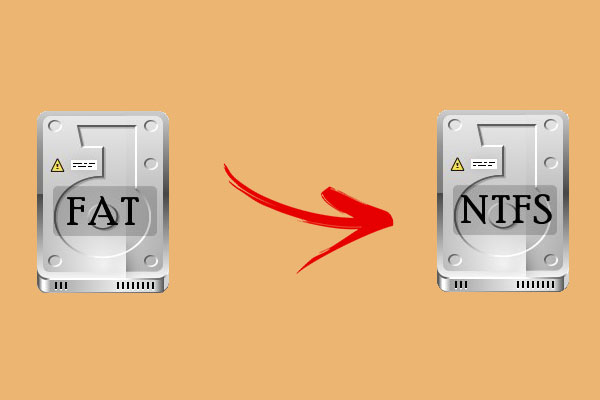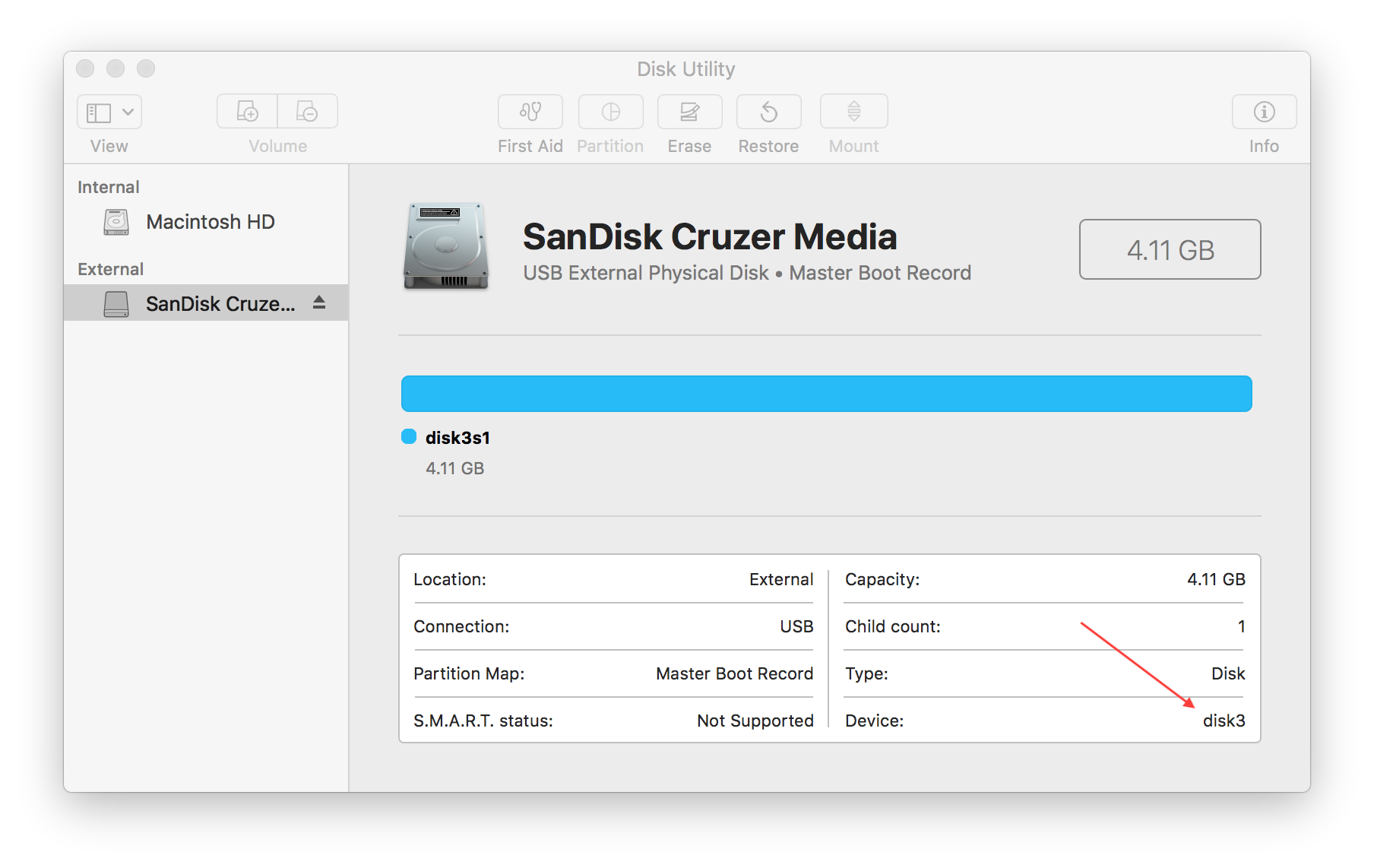

- Disk erase failed could not unmount disk how to#
- Disk erase failed could not unmount disk install#
- Disk erase failed could not unmount disk full#
If nothing else works, you can use Terminal to unmount a disk.
Disk erase failed could not unmount disk how to#
How to fix it when an external disk won’t unmount When your Mac restarts, launch Disk Utility and try whatever you were trying to do again.Quit System Preferences and restart your Mac.Click the padlock and type in your admin username and password.Click on the Apple menu and choose System Preferences.
Disk erase failed could not unmount disk install#

So, on those Macs, you should boot from the recovery partition by doing the following: You can turn it off using Startup Security Utility, but that’s beyond the scope of this article. These Macs have secure boot enabled by default, which prevents them from booting from an external disk. However, on Macs with T2 security chips (effectively any Intel Mac from the 2018 MacBook Airs, MacBook Pros and Mac minis onwards), and Macs with Apple silicon, it’s not that simple. On older Macs, that means booting from an external disk or USB stick. The only solution is to boot from a different volume than the one you’re trying to modify.
Disk erase failed could not unmount disk full#
There is always a risk of losing data, and making a full backup is the only way to protect your data.

How to fix ‘couldn’t unmount disk’ errorīefore you try and fix any problem with a disk, including one that can’t be unmounted, you should back it up. Essentially, the erase process has failed on your Mac. For example, if you try to erase or partition your boot disk in Disk Utility, you won’t be able to because macOS won’t unmount the disk. If you see an error message telling you that macOS couldn’t unmount a disk, it usually means that a process on your Mac is trying to modify your boot disk and can’t because macOS won’t allow the disk that it has booted from to be unmounted.


 0 kommentar(er)
0 kommentar(er)
